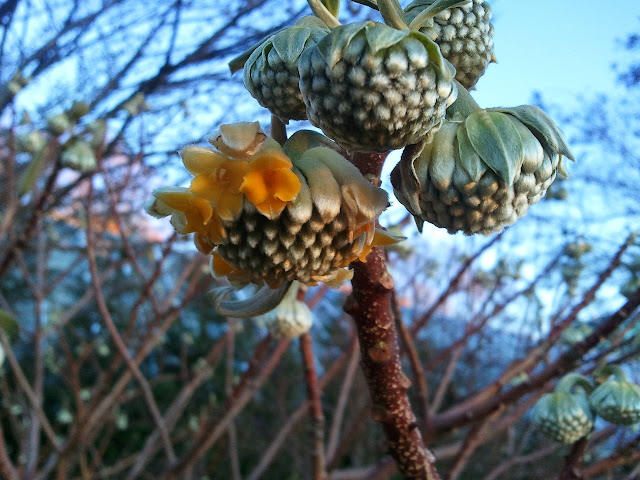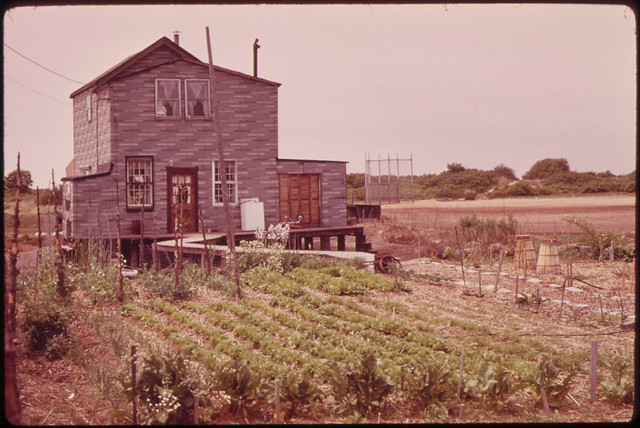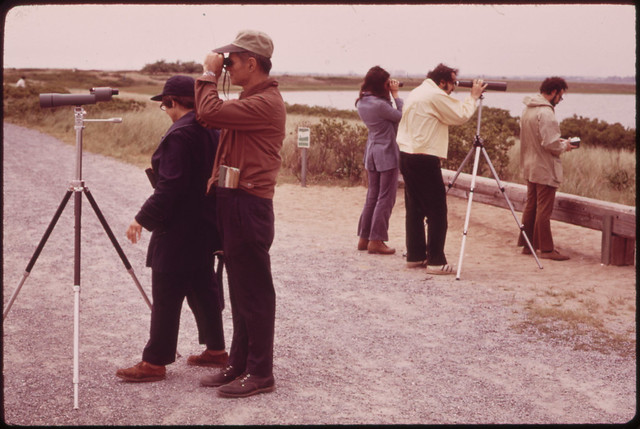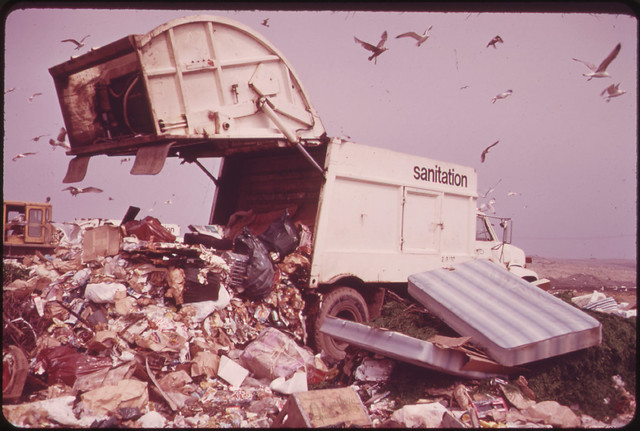
Monarda punctata! (Horsemint, Spotted Beebalm), pollinator favorite
I think it bucks tradition to pick the plant of the year when the year is on its last legs, but I'm gonna do it anyway. Of all the plants I watched this year, from atop fancy penthouse gardens in Manhattan to roadside weeds, the one that gave me the most pleasure and the opportunity to learn was Monarda punctata! (I tend to think the point the latin name is calling for is the punctuation of an exclamation point because this plant is that awesome). Whether observing a bumblebee methodically circling round and visiting all its flowers at the amazing Herb Garden that Caleb tends at Brooklyn Botanic or crouched fascinated by the pollinator show it provided in my own garden, this plant always brought me both delight and wonder. In my vegetable garden, it was the clear favorite of wasps, so I'll cast my vote with them for this interesting native plant for plant of the year.
(I first encountered this plant at Brooklyn Botanic Garden as a horticulture intern last year in both the Herb and Native Flora Gardens and I owe the amazing show it provided in my own garden to my friend Susan, who gave it to me to grow for my own.)
 |
| Monarda punctata in July, Brooklyn |












.jpg)













.jpg)





















